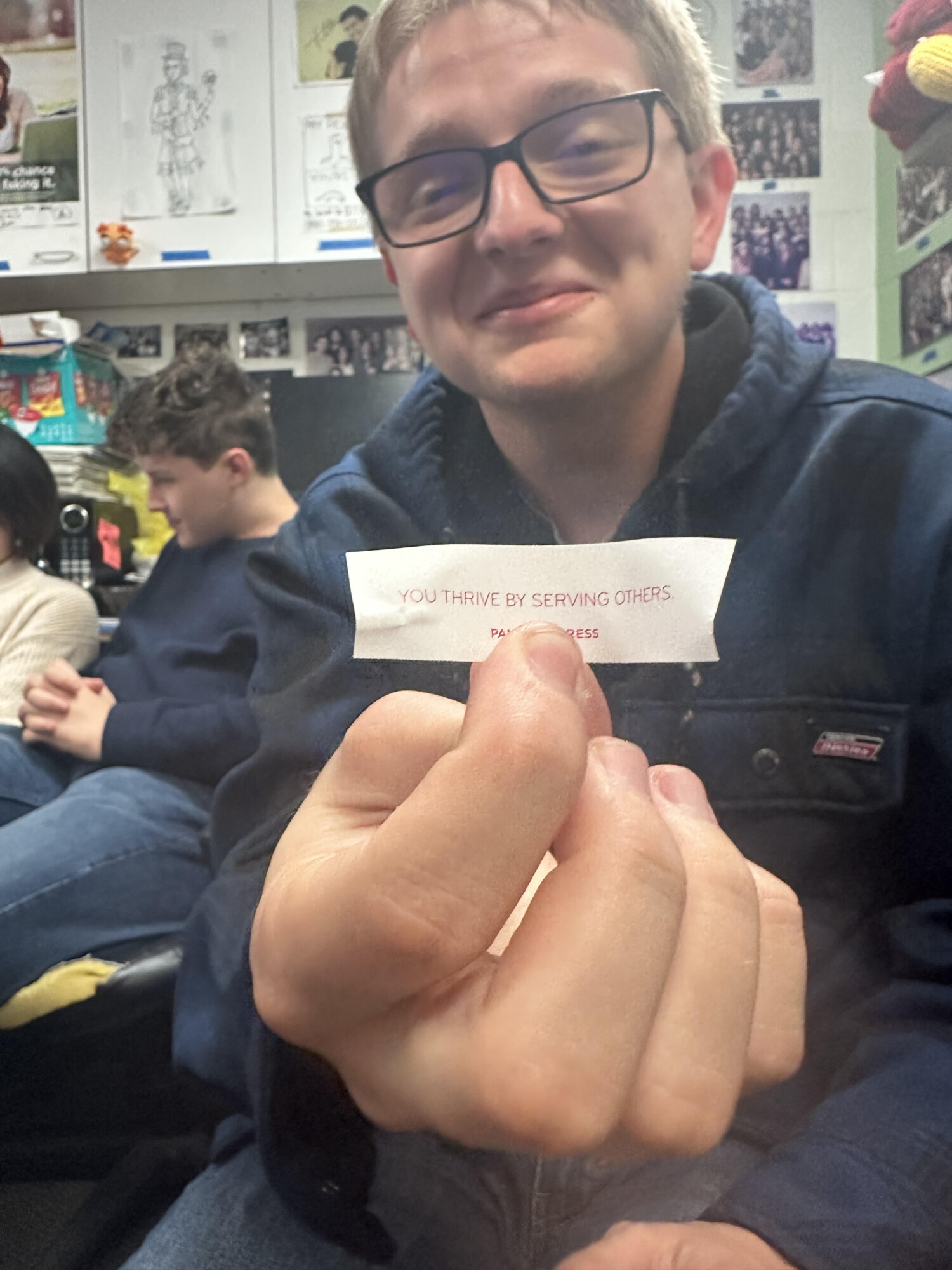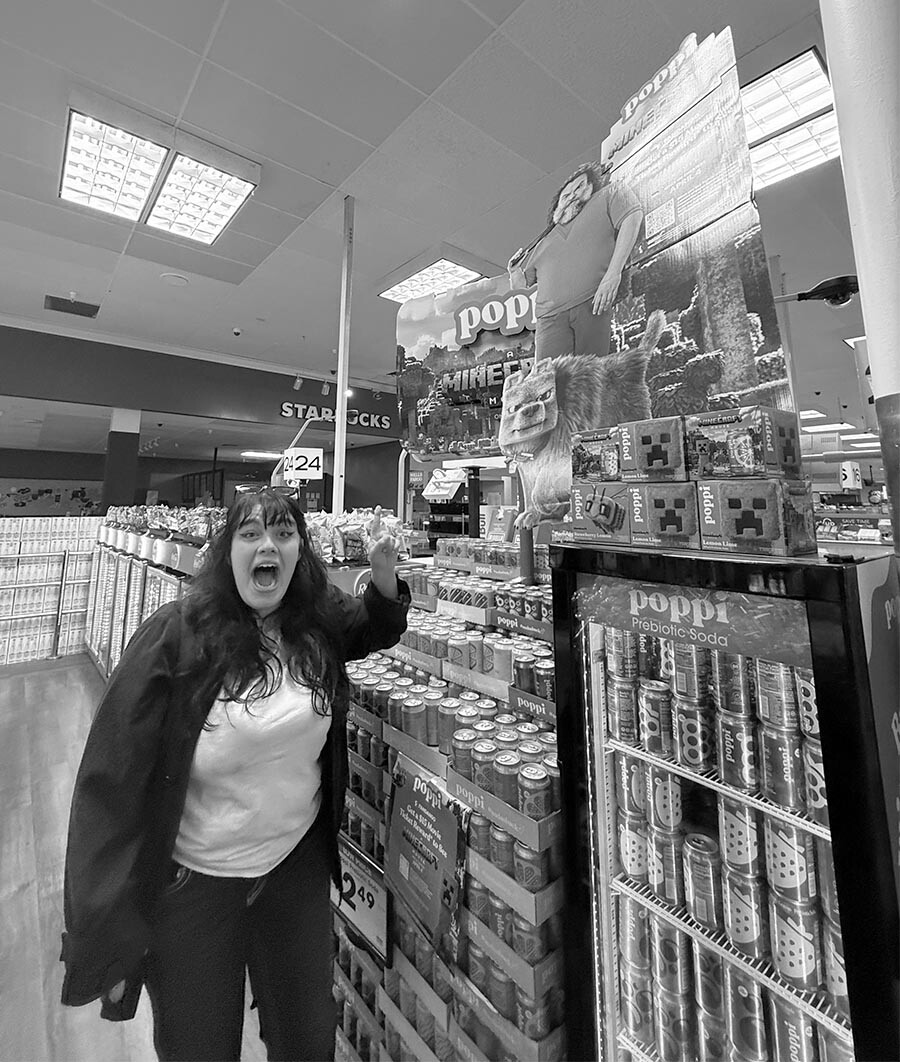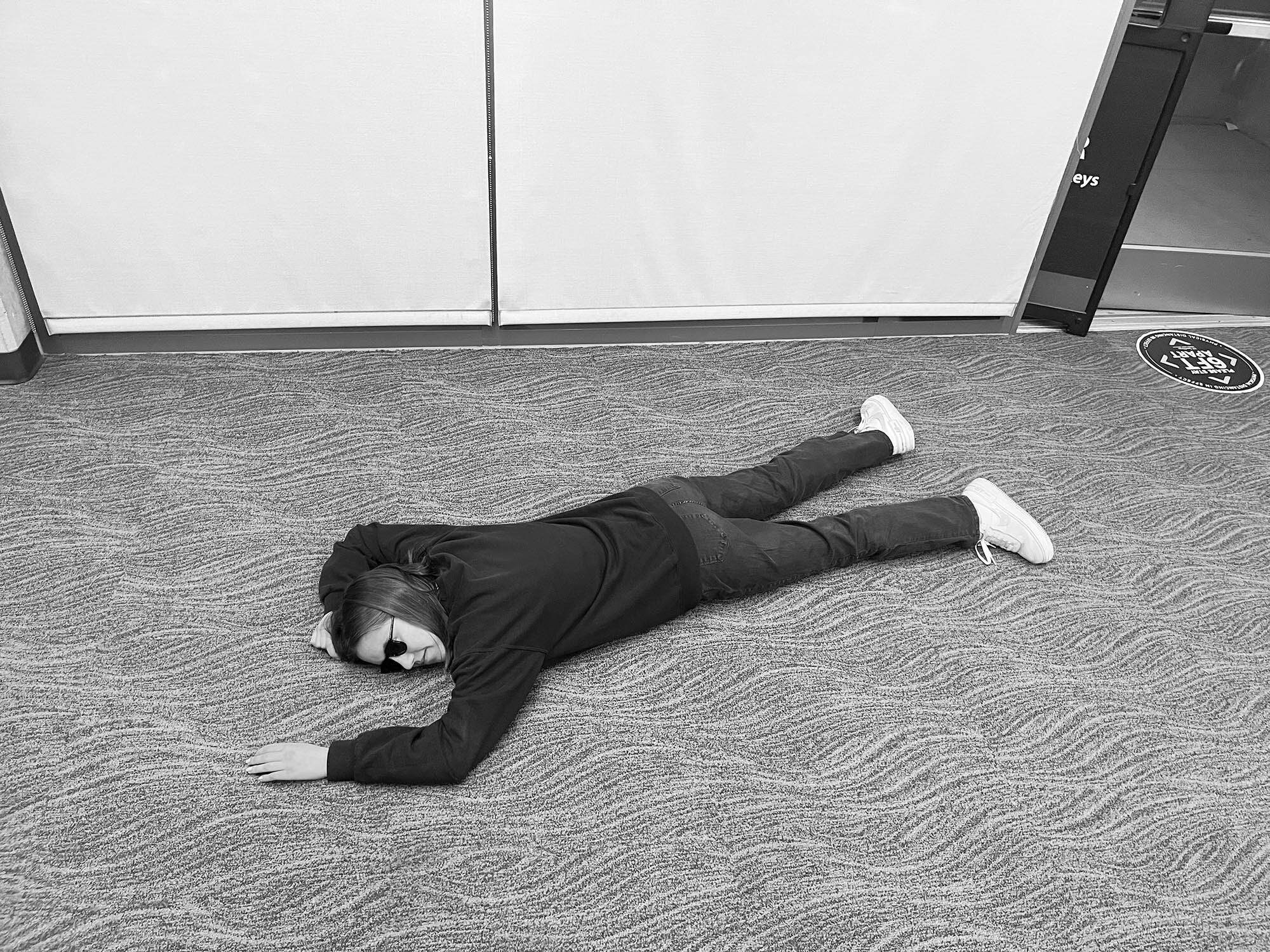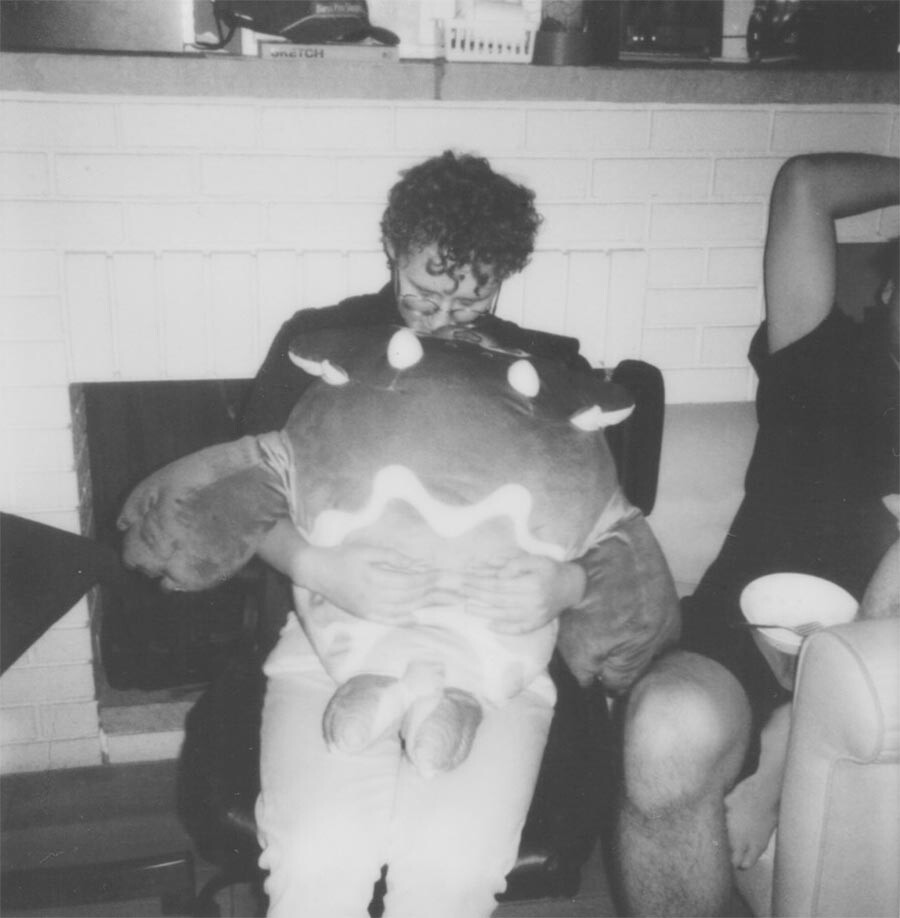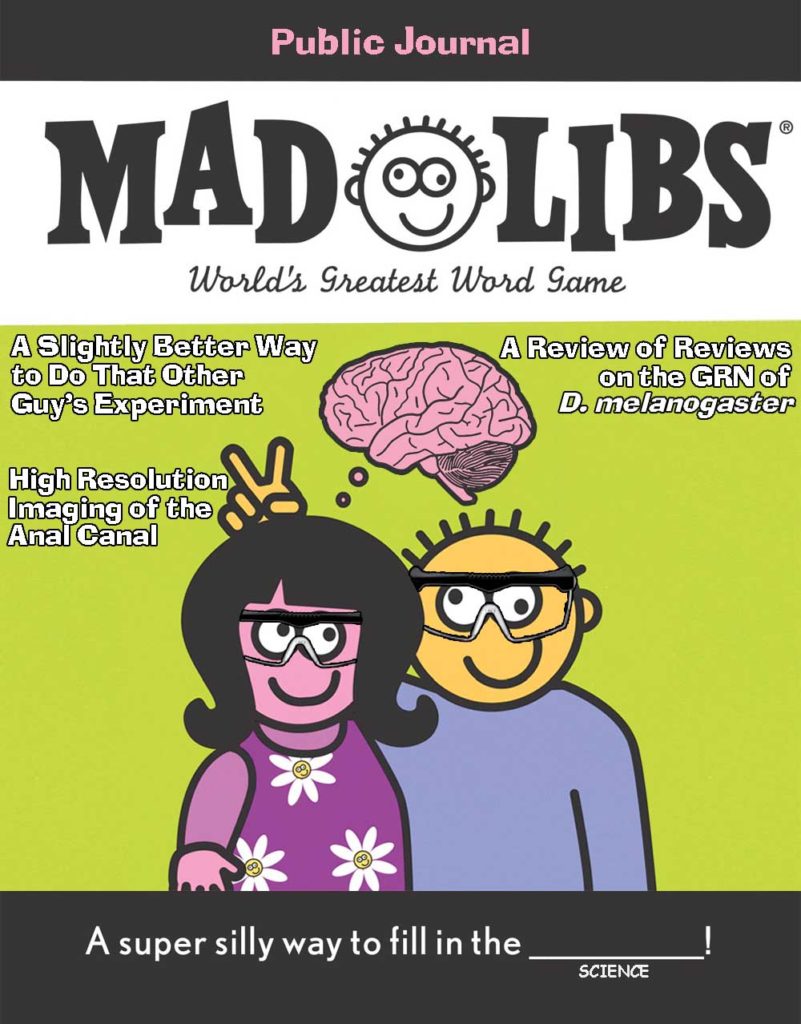
Photo by: Lawrence Lee
Open access journals have revolutionized the publishing of scientific research, partially by speeding the review process, and partially by instructing reviewers to only focus on the profits earned by accepting papers. This has made it possible for any researcher in possession of a Microsoft Word document, containing both figures and words to publish their work. However, despite this great leap forward, considerable barriers remain.
In response, a new journal called “Public Journal” has been launched that will remove the final hurdles to publication. This revolutionary journal will be the first to eliminate the need to do research and write papers to get published. P.J.’s staff has devised clever new algorithms that use advanced literature meta-analysis methods to produce papers.
The method, known as Clustered Repetitive Automated Publication (CRAP), does not require the author to produce a Word document or figures of their own. Instead, authors can now use a pulldown menu to define keywords, assumptions, and catchy sounding methods that are used to automatically write papers. In addition, the results and conclusions can be predefined, eliminating the possibility that the conclusions will differ from those desired by the authors.
Blaine Gordon, Editor in Chief at P.J., is optimistic that further improvements in the CRAP algorithms will make this new method of publishing even more attractive.
“We’re working on a new technology that will link to your social media and automatically generate scientific sounding CRAPs based on your friends and online shopping habits,” Gordon enthusiastically reports. “These new technologies should so dramatically accelerate the production of publications that it will become completely impossible for anyone to evaluate them, and will remove the pressure of having work reviewed by peers.”
“Before P.J., publishing my work was really hard,” said UCSD professor Kenneth Carson, a world renowned expert in high speed photography of tortoise movements. Dr. Carson’s lab rocketed to fame after spending almost an entire week developing a new technique called temporal photomosaicing (T.P.), which involves taking thousands of photographs per second of tortoise movements and arranging them in sequence using the Apple Photos application. These T.P. studies showed in intimate detail that tortoises are indeed slow, and not, as one graduate student speculated at UCSD’s Bi-weekly Beer Hour Social, “so fast they just seem slow.”
Dr. Barbara Roberts, a collaborator of Dr. Carson’s, elaborated on how P.J. will accelerate their research.
“Our studies have shown unequivocally that tortoises are slow,” said Roberts. “We are now ready to move on to writing papers that don’t require collecting data. These will deal with important topics, like how being slow is bad and is going to cause tortoise extinction, perhaps by making it hard for tortoises to get out of the sun before overheating, affecting their race times with rabbits, or making them unable to catch fast-moving cactuses.”
“P.J. is a game changer,” said Dr. Carson. “The beauty of CRAP is how well it takes advantage of our T.P. method, producing clean data with a believable number of outliers.” Using this method, Drs. Carson and Roberts now produce more than 60 papers per day.
“Our colleagues are going to be totally blown away by all the words we found in the pulldown menu,” said Dr. Roberts. “We’ve set our preferences to produce a lot of ecology jargon with a dash of evolution buzzwords thrown in. The one about Zeno’s paradox is pretty sure to get us a big raise.” When asked if she had any concerns that this method might skew the results in her field, Dr. Roberts replied, “Oh no, it’s clear that people don’t actually read our CRAP.”
Written by: Climent Chang, staff writer





